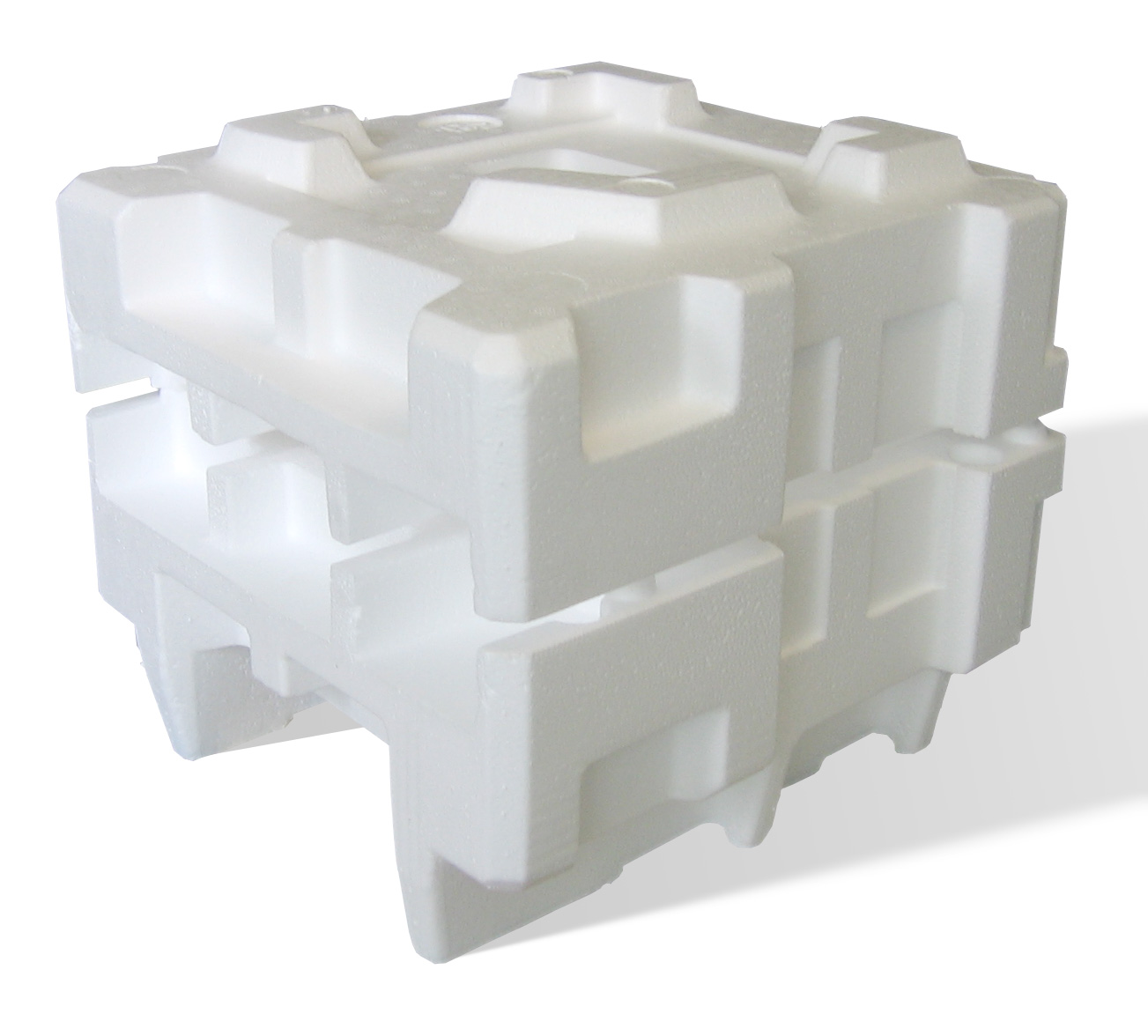|
Kangina
(, ) is the traditional Afghan technique of Food preservation, preserving fresh fruit, particularly grapes, in airtight discs (also called ''kangina'') formed from mud and straw. The centuries-old technique is indigenous to Afghanistan's rural center and north, where remote communities that cannot import fresh fruit eat -preserved fresh grapes throughout the winter, and merchants use to safely store and transport grapes for sale at market. Grapes preserved using in modern Afghanistan are typically of the thick-skinned or varieties, which are harvested later in the season and remain fresh in the mud vessels for up to six months. The method, a form of Controlled atmosphere, passive controlled-atmosphere storage, works by sealing fruit in the clay-rich mud, restricting flow of air, moisture and microbes, much as a plastic bag would. Discs are formed from two bowl-shaped pieces, which are sculpted from mud and straw, and baked in the sun before being filled with up to of un-brui ... [...More Info...] [...Related Items...] OR: [Wikipedia] [Google] [Baidu] |
Food Preservation
Food preservation includes processes that make food more resistant to microorganism growth and slow the redox, oxidation of fats. This slows down the decomposition and rancidification process. Food preservation may also include processes that inhibit visual deterioration, such as the enzymatic browning reaction in apples after they are cut during food preparation. By preserving food, food waste can be reduced, which is an important way to decrease production costs and increase the efficiency of food systems, improve food security and nutrition and contribute towards environmental sustainability. For instance, it can reduce the Environmental impact of agriculture, environmental impact of food production. Many processes designed to preserve food involve more than one food preservation method. Preserving fruit by turning it into jam, for example, involves boiling (to reduce the fruit's moisture content and to kill bacteria, etc.), sugaring (to prevent their re-growth) and sealing wi ... [...More Info...] [...Related Items...] OR: [Wikipedia] [Google] [Baidu] |
Grape
A grape is a fruit, botanically a berry, of the deciduous woody vines of the flowering plant genus ''Vitis''. Grapes are a non- climacteric type of fruit, generally occurring in clusters. The cultivation of grapes began approximately 8,000 years ago, and the fruit has been used as human food throughout its history. Eaten fresh or in dried form (as raisins, currants and sultanas), grapes also hold cultural significance in many parts of the world, particularly for their role in winemaking. Other grape-derived products include various types of jam, juice, vinegar and oil. History The Middle East is generally described as the homeland of grapes and the cultivation of this plant began there 6,000–8,000 years ago. Yeast, one of the earliest domesticated microorganisms, occurs naturally on the skins of grapes, leading to the discovery of alcoholic drinks such as wine. The earliest archeological evidence for a dominant position of wine-making in human culture dates f ... [...More Info...] [...Related Items...] OR: [Wikipedia] [Google] [Baidu] |
VoA Dari Kangina, A Traditional Refrigerator For Storing Fruit کنگینه، یخچال سنتی برای نگهداری میوه Opening
Voice of America (VOA or VoA) is an international broadcasting network funded by the federal government of the United States that by law has editorial independence from the government. It is the largest and oldest of the American international broadcasters, producing digital, TV, and radio content in 48 languages for affiliate stations around the world.* * by * Its targeted and primary audience is non-Americans outside the American borders, especially those living in countries without Freedom of the press, press freedom or independent journalism. VOA was established in 1942, during World War II. Building on American use of shortwave radio during the war, it initially served as an anti-propaganda tool against Axis powers, Axis misinformation but expanded to include other forms of content like American music programs for cultural diplomacy. During the Cold War, its operations expanded in an effort to fight communism and played a role in the decline of communism in several coun ... [...More Info...] [...Related Items...] OR: [Wikipedia] [Google] [Baidu] |
Plastic Bag
A plastic bag, poly bag, or pouch is a type of container made of thin, flexible, plastic film, nonwoven fabric, or plastic textile. Plastic bags are used for containing and transporting goods such as foods, produce, Powder (substance), powders, ice, magazines, chemicals, and waste. It is a common form of packaging. Most plastic bags are Heat sealer#Heat sealing process, heat sealed at the seams, while some are bonded with adhesives or are stitched. Many countries are introducing legislation to Phase-out of lightweight plastic bags, phase out lightweight plastic bags, because plastic never fully breaks down, causing everlasting Plastic pollution, pollution of plastics and environmental impacts. Every year, about 1 to 5 trillion plastic bags are used and discarded around the world. From point of sale to destination, plastic bags have a lifetime of 12 minutes. Approximately 320 bags per capita were used in 2014 in the United States. Package Several design options and features ... [...More Info...] [...Related Items...] OR: [Wikipedia] [Google] [Baidu] |
Gas Permeability
In fluid mechanics, materials science and Earth sciences, the permeability of porous media (often, a rock or soil) is a measure of the ability for fluids (gas or liquid) to flow through the media; it is commonly symbolized as ''k''. Fluids can more easily flow through a material with high permeability than one with low permeability. The permeability of a medium is related to the ''porosity'', but also to the shapes of the pores in the medium and their level of connectedness. Fluid flows can also be influenced in different lithological settings by brittle deformation of rocks in fault zones; the mechanisms by which this occurs are the subject of fault zone hydrogeology. Permeability is also affected by the pressure inside a material. The SI unit for permeability is the square metre (m2). A practical unit for permeability is the '' darcy'' (d), or more commonly the ''millidarcy'' (md) The name honors the French Engineer Henry Darcy who first described the flow of water thro ... [...More Info...] [...Related Items...] OR: [Wikipedia] [Google] [Baidu] |
Carbon Dioxide
Carbon dioxide is a chemical compound with the chemical formula . It is made up of molecules that each have one carbon atom covalent bond, covalently double bonded to two oxygen atoms. It is found in a gas state at room temperature and at normally-encountered concentrations it is odorless. As the source of carbon in the carbon cycle, atmospheric is the primary carbon source for life on Earth. In the air, carbon dioxide is transparent to visible light but absorbs infrared, infrared radiation, acting as a greenhouse gas. Carbon dioxide is soluble in water and is found in groundwater, lakes, ice caps, and seawater. It is a trace gas Carbon dioxide in Earth's atmosphere, in Earth's atmosphere at 421 parts per million (ppm), or about 0.042% (as of May 2022) having risen from pre-industrial levels of 280 ppm or about 0.028%. Burning fossil fuels is the main cause of these increased concentrations, which are the primary cause of climate change.IPCC (2022Summary for pol ... [...More Info...] [...Related Items...] OR: [Wikipedia] [Google] [Baidu] |
Seville
Seville ( ; , ) is the capital and largest city of the Spain, Spanish autonomous communities of Spain, autonomous community of Andalusia and the province of Seville. It is situated on the lower reaches of the Guadalquivir, River Guadalquivir, in the southwest of the Iberian Peninsula. Seville has a municipal population of about 701,000 , and a Seville metropolitan area, metropolitan population of about 1.5 million, making it the largest city in Andalusia and the List of metropolitan areas in Spain, fourth-largest city in Spain. Its old town, with an area of , contains a UNESCO World Heritage Site comprising three buildings: the Alcázar of Seville, Alcázar palace complex, the Seville Cathedral, Cathedral and the General Archive of the Indies. The Seville harbour, located about from the Atlantic Ocean, is the only river port in Spain. The capital of Andalusia features hot temperatures in the summer, with daily maximums routinely above in July and August. Seville was founded ... [...More Info...] [...Related Items...] OR: [Wikipedia] [Google] [Baidu] |
Ibn Al-'Awwam
Ibn al-'Awwam (), also called Abu Zakariya Ibn al-Awwam (), was an Al-Andalus agriculturist who flourished at Seville (modern-day southern Spain) in the later 12th century. He wrote a lengthy handbook on agriculture entitled in Arabic '' Kitāb al-Filāḥa'' (), which is the most comprehensive treatment of the subject in medieval Arabic, and one of the most important medieval works on the subject in any language. It was published in Spanish and French translations in the 19th century. The edition in French is about 1350 pages. Biography His full name was Abu Zakariya Yahya ibn Muhammad ibn Ahmad ibn Al-'Awwam Al-Ishbili (). The appellation "Al-Ishbili" at the end of his name means "the Sevillean" i.e. from Seville. His dates of birth and death are known. Nearly everything that is known about his biography is gleaned from his book. It appears that he was a large landowner whose interests lay exclusively with agricultural matters. [...More Info...] [...Related Items...] OR: [Wikipedia] [Google] [Baidu] |
Al-Andalus
Al-Andalus () was the Muslim-ruled area of the Iberian Peninsula. The name refers to the different Muslim states that controlled these territories at various times between 711 and 1492. At its greatest geographical extent, it occupied most of the peninsula as well as Septimania under Umayyad rule. These boundaries changed through a series of conquests Western historiography has traditionally characterized as the ''Reconquista'',"Para los autores árabes medievales, el término Al-Andalus designa la totalidad de las zonas conquistadas – siquiera temporalmente – por tropas arabo-musulmanas en territorios actualmente pertenecientes a Portugal, España y Francia" ("For medieval Arab authors, Al-Andalus designated all the conquered areas – even temporarily – by Arab-Muslim troops in territories now belonging to Spain, Portugal and France"), García de Cortázar, José Ángel. ''V Semana de Estudios Medievales: Nájera, 1 al 5 de agosto de 1994'', Gobie ... [...More Info...] [...Related Items...] OR: [Wikipedia] [Google] [Baidu] |
Polystyrene Foam
Polystyrene (PS) is a synthetic polymer made from monomers of the aromatic hydrocarbon styrene. Polystyrene can be solid or foamed. General-purpose polystyrene is clear, hard, and brittle. It is an inexpensive resin per unit weight. It is a poor barrier to air and water vapor and has a relatively low melting point. Polystyrene is one of the most widely used plastics, with the scale of its production being several million tonnes per year. Polystyrene is naturally transparent to visible light, but can be colored with colorants. Uses include protective packaging (such as packing peanuts and optical disc jewel cases), containers, lids, bottles, trays, tumblers, disposable cutlery, in the making of models, and as an alternative material for phonograph records. As a thermoplastic polymer, polystyrene is in a solid (glassy) state at room temperature but flows if heated above about 100 °C, its glass transition temperature. It becomes rigid again when cooled. This temperat ... [...More Info...] [...Related Items...] OR: [Wikipedia] [Google] [Baidu] |





